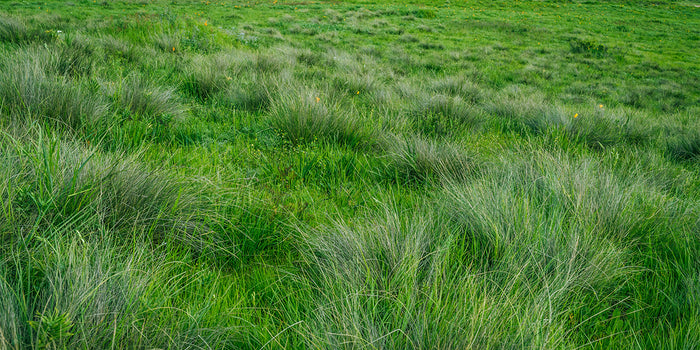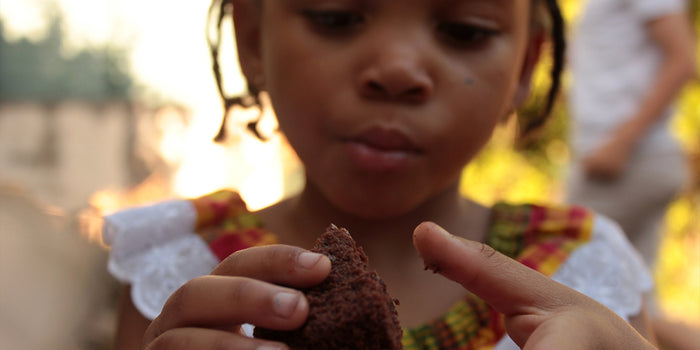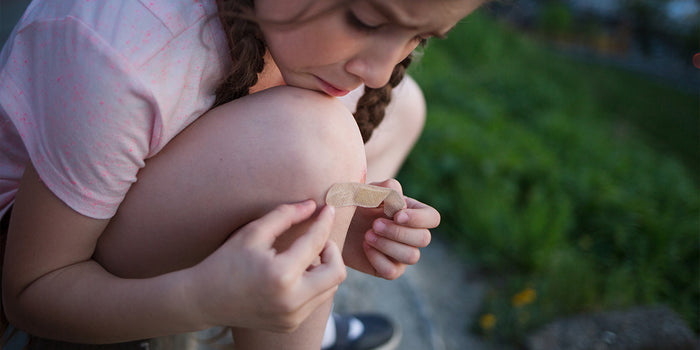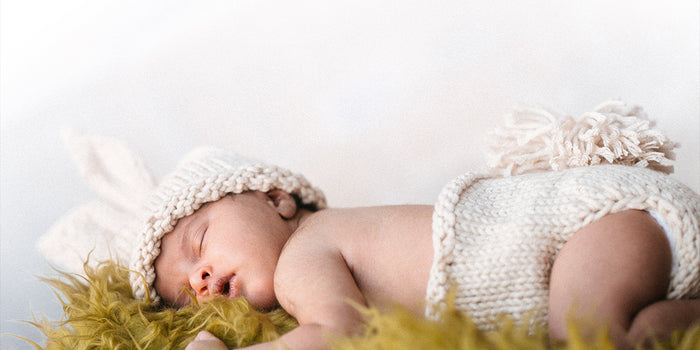Grass Stains


1. Pre-treat the stain by applying Dirty Labs Bio Laundry Detergent directly to the stain for 10-15 minutes.
2. While waiting, take a rag and gently dab and massage the stain to let the detergent achieve maximum penetration.
3. Wash the garment in a warm water wash and cold rinse cycle with Dirty Labs Bio Laundry Detergent.
Pro Tip: Typically the higher the level of protease, the better the result. For really tough grass stains, try adding Dirty Lab Bio Enzyme Laundry Booster when washing for some additional enzymatic action.

1. Remove the bulk of the stain as soon as possible.
2. Pre-treat the stain by applying Dirty Labs Bio Laundry Detergent directly to the stain for 10-15 minutes.
3. Wash the garment after pre-treating in a cold water wash and cold rinse cycle with Dirty Labs Bio Laundry Detergent.
Pro Tip: Chocolate is an oxidizing stain - meaning that the stain will set into fabrics when exposed to heat and air. Be sure to avoid washing chocolate stains in hot water and don't put fabrics in the dryer until the stain is completely removed. Repeat the steps above if needed. Also avoid using baking soda and/or vinegar to treat chocolate as the chemical reaction with these ingredients can make the stain more difficult to remove.

1. Treat the stain as soon as possible. Fresh blood is much easier to remove than aged blood.
2. Presoak the garment in cold water (warm or hot water can set fresh blood stains) as soon as you notice the bloodstain. If the spot is really fresh, you can run the area under cold running water.
3. Spot clean by rubbing laundry detergent into whatever remains of the blood stain. If detergent is not available, hand soap or dish soap can be used as alternatives. Next, scrub the stain by hand in cold water. You can gently rub the sides of the fabric against one another or use a soft brush to do this. Then rinse the fabric under cold water.
4. Wash the garment as soon as possible in cold water using a enzymatic, cold-water optimized detergent like Dirty Labs Bio Laundry Detergent.
For aged blood stains:
1. Pre-soak the stain using a mixture of cold water and a detergent that contains proteases, like Dirty Labs Bio Laundry Detergents. Because blood is a protein-based stain, proteases will help break it down.
2. Bleach it: Extra stubborn, older dried blood stains call for a secret weapon in your laundry arsenal: oxidizing bleach. Dirty Labs Bio Enzyme Laundry Booster is both an oxygen bleach and contains a brand new enzyme specifically designed to break down biological stains like blood and sweat. You can add our booster to your pre-soak mixture and use the same detergent plus booster combination when washing in a cold wash and rinse cycle.
The Takeaway
Fresh blood stains are easiest to remove. Avoid using warm or hot water when treating fresh blood stains—cold is best.Proteases—or protein-targeting enzymes—can help to remove aged blood stains.In a pinch, you can use saliva to treat a blood stain.Use our Bio Enzyme Laundry Booster to remove aged blood stains. Learn more about blood stains.

1. Remove any excess stain as soon as possible.
2. Pre-treat the stains by applying Dirty Labs Bio Laundry Detergent directly to the stains to give the enzymes a head start on cleaning.
3. When ready to wash, pre-soak the stain for 15 minutes in a combination of Bio Laundry Detergent and Bio Enzyme Laundry Booster.
4. Wash the diapers after pre-treating in a warm water wash and cold rinse cycle with Dirty Labs Bio Laundry Detergent. For extra dirty diapers, add our Bio Enzyme Laundry Booster and 1.5x - 2x the dosage of detergent. Avoid washing in hot water to prevent accelerated stain setting caused by the oxidation.
5. Repeat the pre-soak and wash steps until the stains are satisfactorily removed.